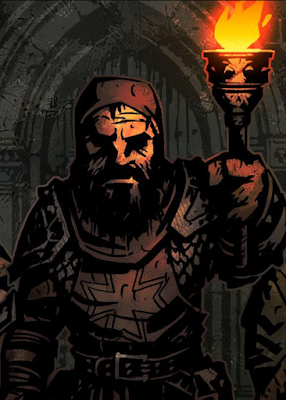 |
"Fire is a burning thing..."
A simple and consistent rule for adjudicating when something is set on fire:
If a creature or flammable object takes fire damage ≥4 it is set on fire.
- While on fire, it takes d4 fire damage at the end of each of its turns (or the round if it doesn't have a turn), if the damage is ≥4 it continues to burn.
- If a creature is doused with oil or some other accelerant, they'll take d6 instead of d4 and are consequently much more likely to keep burning for multiple rounds.
- Taking a turn to stop, drop and roll will put out the fire on humanoids but may not work on especially flammable creatures (e.g. a scarecrow).
Some implications:
Torches: Usually, the torch is passed off to a hireling or underpowered PC so that they can stand near the back in safety. No more!
- Torches deal 1d4 fire damage. If they roll a 1 for damage they go out, if they roll a 4 for damage, they set the target on fire (assuming it is flammable to begin with).
- Torches are great vs. a range of threats: Scarecrows, mummies, paper-golems and twig blights. Things with fire vulnerabilities are almost certain to be ignited and will burn up quickly. Furthermore, in my game Shadows, Specters, Phantoms and other incorporeal monsters made of darkness take damage from fire but not from most mundane weapons.
Molotov Cocktails: Throwing flasks of burning oil is a D&D classic.


No comments:
Post a Comment